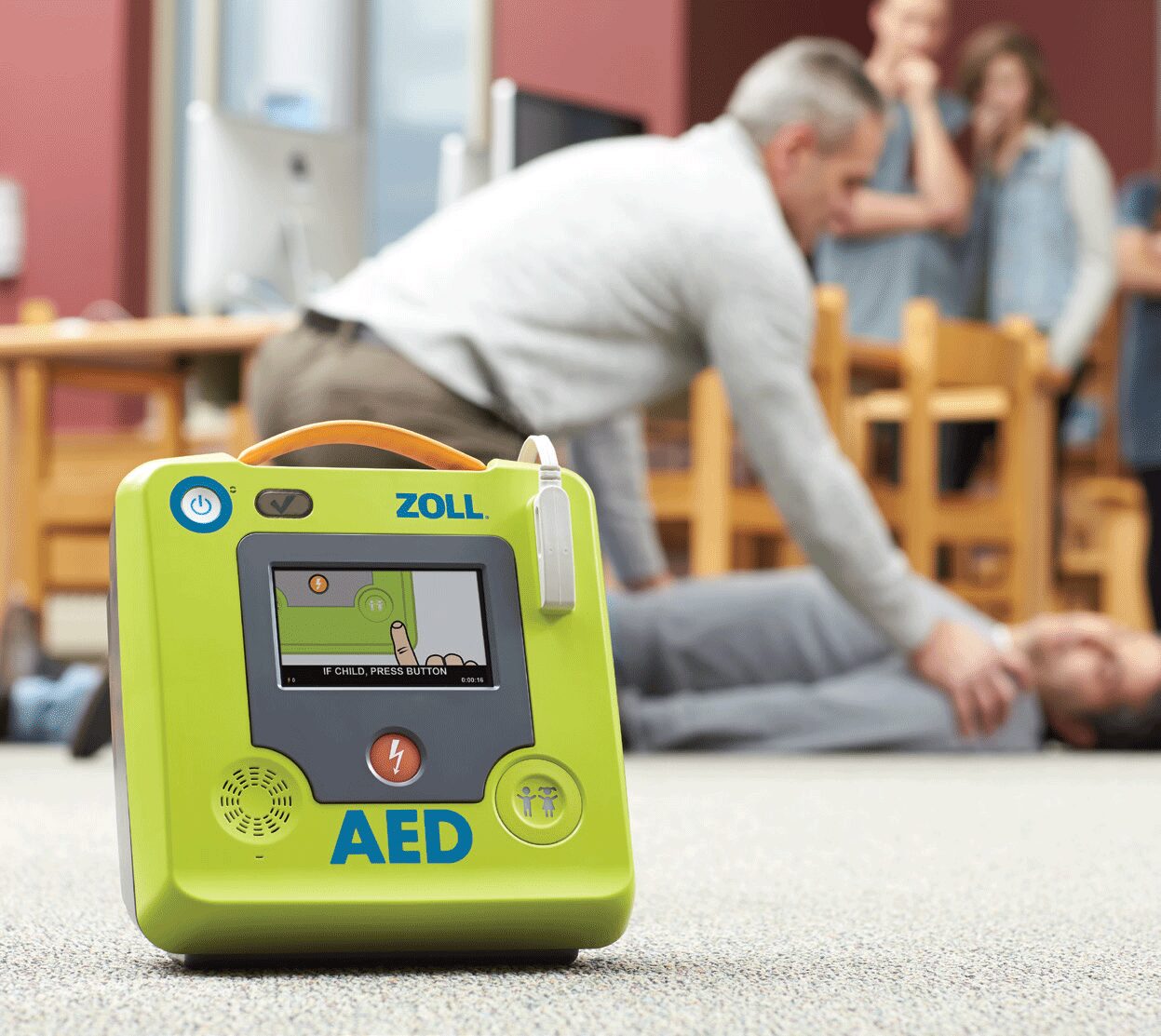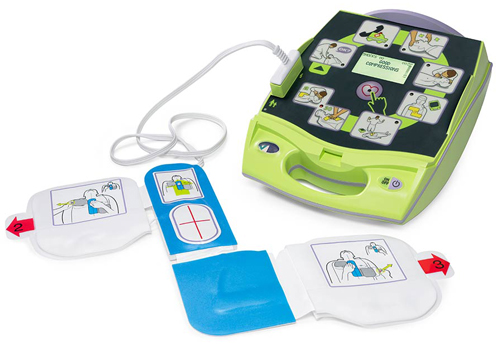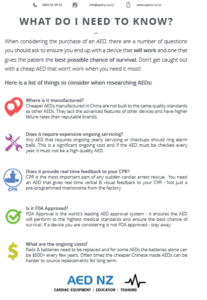
The Hidden Costs of Cheap AEDs: Why Quality Matters for Life-Saving Devices
Sudden cardiac arrest (SCA) is a leading cause of death. Every minute that passes without defibrillation reduces the chances of survival by about 10 percent. In an emergency there is no second chance, which makes the reliability of an automated external defibrillator (AED) critical.
Recent recalls affecting hundreds of thousands of defibrillators highlight the risks of buying untested or cheap units. In 2025, Stryker recalled nearly 200,000 HeartSine Samaritan AEDs because a circuit board defect could cause total device failure during a rescue. Owners were advised to remove affected devices from service immediately. Even units not covered by this recall faced problems because the single-use pad-pak cartridges were on manufacturing halt until late 2025, leaving an estimated 300,000 devices without replacement pads.
Buying a cheap, unapproved defibrillator, such as those manufactured in China, may seem cost-effective up front, but the long-term cost and risk are significant.
Low-cost AEDs often lack features that improve survival such as real-time CPR feedback, and the consumables often need replacement sooner. Many imported devices also lack regulatory approval. In New Zealand, buyers should ensure their defibrillator is FDA-approved, certified by MedSafe, and listed with Australia’s Therapeutic Goods Administration (TGA). These certifications indicate rigorous testing and show the device will perform as claimed.
Comparing Quality vs. Cheap AEDs
| Factor | Quality AED (e.g., ZOLL AED Plus) | Cheap/Untested AED |
|---|---|---|
| Regulatory approvals | FDA-approved, MedSafe-certified, meets TGA standards | Often lacks recognised approvals or uses unverified claims |
| Pad & battery life | Five-year pad and battery life, fewer replacements | Pads and batteries often require replacement every 2–4 years |
| Testing | Rigorous factory testing, up to 200 shocks before leaving the factory | Unknown testing standards and no published performance data |
| Features | Real-time CPR feedback, clear voice and visual prompts | Basic shock delivery, often lacks feedback features |
| Long-term cost | Lower cost of ownership due to longer consumable life and minimal servicing | Frequent pad and battery replacements, potential recall costs |
| Availability of consumables | Pads and batteries readily available and shipped quickly | Replacement consumables may be hard to source |
Why Quality Matters
A low-cost defibrillator that fails during a rescue or lacks replacement pads is not just a bad investment; it is a liability that could cost a life. Choosing a reputable brand such as ZOLL ensures the device has undergone extensive testing and comes with ongoing support. ZOLL’s pads and batteries have a five-year life cycle, which means fewer replacements and reduced maintenance. Their devices are built to withstand harsh environments, with ingress-protection ratings such as IP55 to resist dust and moisture, and feature advanced life-saving technology such as Real CPR Help – to ensure CPR is being performed correctly, clinically proven to increase the chance of survival significantly.
Before purchasing an AED, consider the hidden costs of cheap units: unapproved devices may not perform when needed; replacement parts may be unavailable; and recalls can leave you without a rescue-ready device. Investing in a quality AED with proven reliability and long-life consumables provides peace of mind and could make the difference between life and death.
We recommend the ZOLL AED Plus Defibrillator
-
Compliant with New Zealand Resuscitation Council Guidelines
-
FDA Approved
-
ECG monitoring capability built into every device
-
Lowest cost of ownership
-
No yearly servicing plans or ongoing maintenance required
-
5 Year battery & pad life
-
7 Year Warranty
-
IP55 Rated
-
Made in USA


